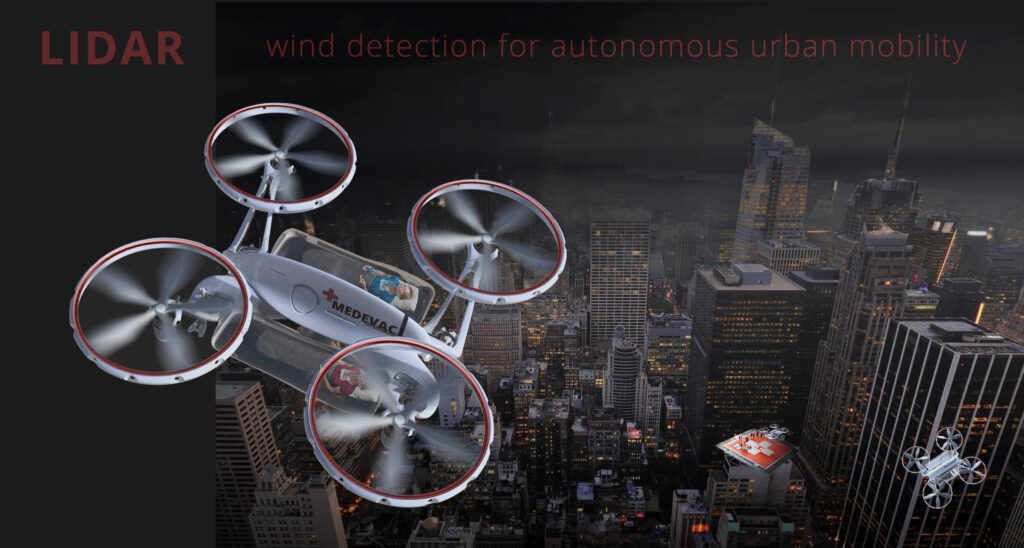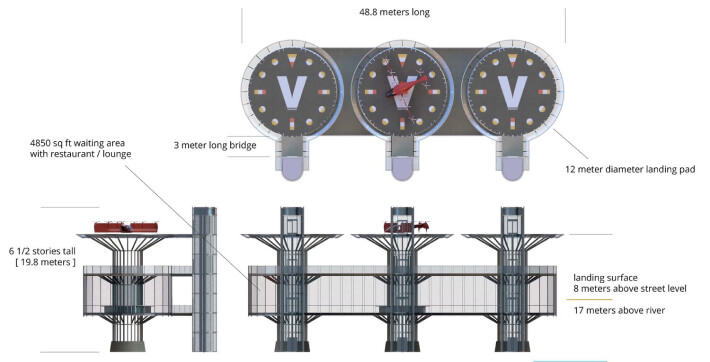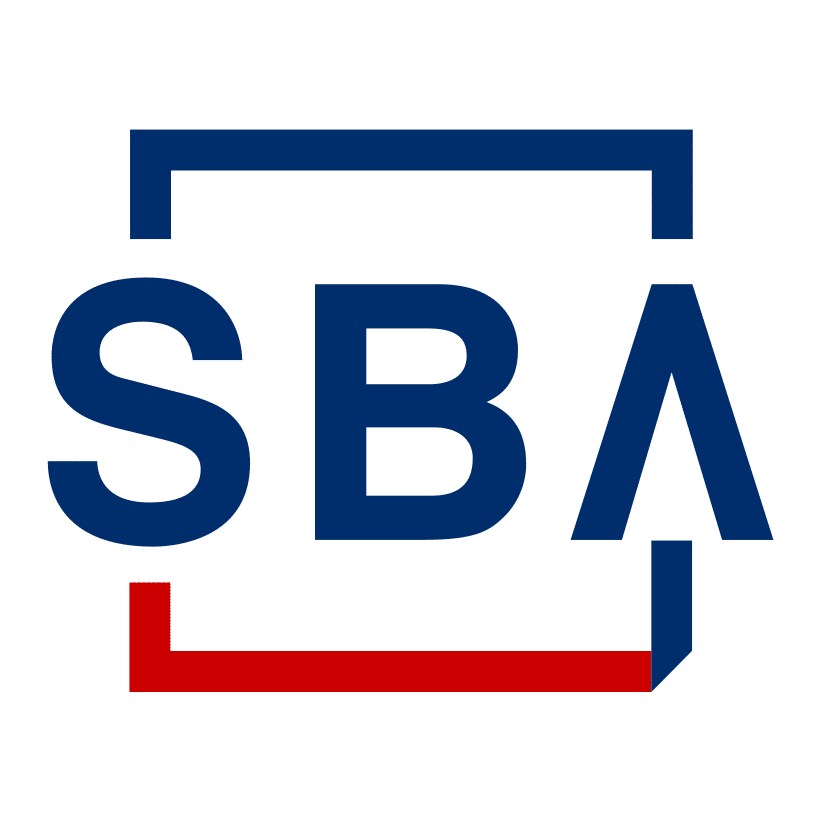NASA Advanced Concept Design
Giving form to concepts, vehicles, and missions

Saving Lives
MEDIVAC is a civilian aerial ambulance concept highlighting the opportunity and challenge of autonomous control in a city. In an urban environment, tall buildings create unpredictable wind patterns. LIDAR (light detection and ranging) can ‘see’ these ever changing gusts and eddies. Placed along flight paths and around buildings, sensors can update flying vehicles in real time, allowing them to navigate through the turbulent air and safely reach a hospital.

21st Century Convenience
On Demand Mobility is short range air transportation for immediate and flexible scheduling at passenger request. The two components are 1) VTOL (vertical take off and landing) aircraft that carry 2 to 8 passengers and fly less than 50 miles, and 2) Landing pads known as Vertiports. These are the nodes of the system conveniently located at transportation hubs.
Challenge: Getting VTOL aircraft near population density means flying in and around tall buildings. How can this be done safely?
Solution: Define air corridors that are not currently being occupied, like the path above a river. Set minimum altitude to coincide with the Vertiport landing surface.
Vertiports are the takeoff and landing node of the On Demand Mobility system. This top level look at semi-autonomous aerial taxis considers how they could integrate with existing transportation modes.

From Los Angeles to London in 2 hours – NASA
Hypersonic cargo transport concept. Stage 1) the vehicle is airlifted aboard a large jet and then released at 400 mph. Stage 2) 6 rockets fire and accelerate the aircraft to 2,500 mph. Stage 3) The 5 ramjets take over. This stage accelerates the plane to 4000 mph.
Because of the low lift shape, the plane requires a powered landing. The ramjets are switched off and the plane descends and slows. At subsonic speeds, bypass ducts open and air is routed to 5 conventional turbojet engines.
Challenge: Systems integration of multiple propulsion methods. Packaging of cargo space: capacity / volume / weight / density.
Solution: Working in CAD, we quickly built ( and rebuilt ) the aircraft to reach a plausible design.



